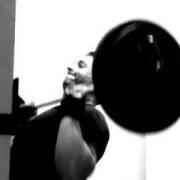Quando usar cinturão e faixas de joelho?
-
Quem Está Navegando 0 membros estão online
- Nenhum usuário registrado visualizando esta página.
-
Conteúdo Similar
-
- 1 resposta
- 179 visualizações
-
- 9 respostas
- 439 visualizações
-
- 7 respostas
- 1.072 visualizações
-
- 7 respostas
- 426 visualizações
-
- 6 respostas
- 566 visualizações
-







Posts Recomendados
Crie uma conta ou entre para comentar
Você precisar ser um membro para fazer um comentário
Criar uma conta
Crie uma nova conta em nossa comunidade. É fácil!
Crie uma nova contaEntrar
Já tem uma conta? Faça o login.
Entrar Agora